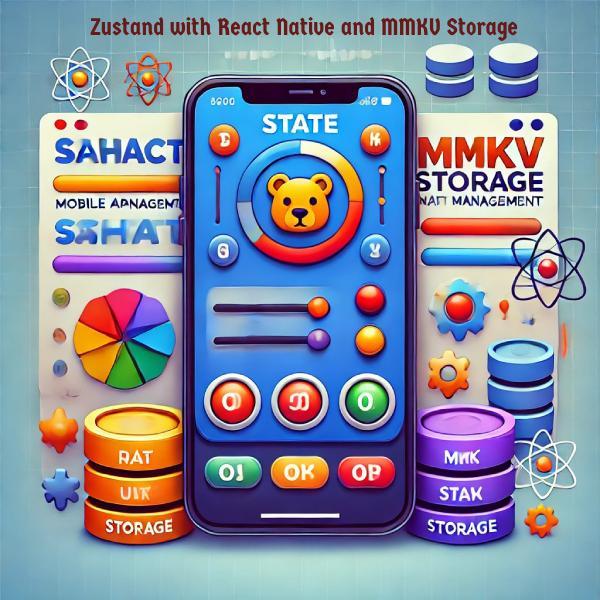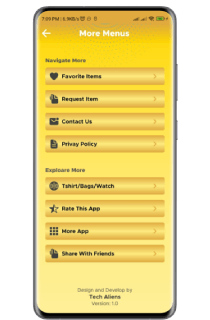Posted At: Dec 28, 2024 - 1,428 Views

Zustand is a lightweight, fast, and flexible state management library for React and React Native applications. It simplifies managing application state with a minimal API and is highly compatible with modern React features like hooks. Combined with MMKV Storage, a high-performance key-value storage library, Zustand becomes even more powerful for React Native applications, especially when persistent state is required.
Why Use Zustand with MMKV Storage in React Native?
- Ease of Use: Zustand has a simple API that integrates seamlessly with React Native projects.
- Performance: MMKV, developed by WeChat, is optimized for mobile environments, providing lightning-fast read/write operations.
- Persistence: By integrating Zustand with MMKV, application state can be persisted across sessions, ensuring data consistency.
Flexibility: Zustand’s modularity allows you to extend its capabilities with plugins like persistence using MMKV.
Setting Up Zustand with MMKV in React Native
Step 1: Install Dependencies
npm install zustand react-native-mmkvStep 2: Initialize MMKV Storage
Create an MMKV instance to handle persistent storage.
import { MMKV } from 'react-native-mmkv';
export const storage = new MMKV();Step 3: Create a Zustand Store with Persistence
Use Zustand to define your store and integrate MMKV for persistence.
import create from 'zustand';
import { persist } from 'zustand/middleware';
import { storage } from './mmkv'; // Import your MMKV instance
// Define the store
export const useStore = create(
persist(
(set) => ({
count: 0,
increment: () => set((state) => ({ count: state.count + 1 })),
decrement: () => set((state) => ({ count: state.count - 1 })),
}),
{
name: 'app-storage', // Unique storage key
getStorage: () => ({
getItem: (key) => storage.getString(key) || null,
setItem: (key, value) => storage.set(key, value),
removeItem: (key) => storage.delete(key),
}),
}
)
);
Step 4: Use the Store in Your Components
Access the Zustand store and interact with state in your React Native components.
import React from 'react';
import { View, Text, Button } from 'react-native';
import { useStore } from './store'; // Import your Zustand store
const Counter = () => {
const count = useStore((state) => state.count);
const increment = useStore((state) => state.increment);
const decrement = useStore((state) => state.decrement);
return (
<View style={{ flex: 1, justifyContent: 'center', alignItems: 'center' }}>
<Text style={{ fontSize: 24, marginBottom: 16 }}>Count: {count}</Text>
<Button title="Increment" onPress={increment} />
<Button title="Decrement" onPress={decrement} />
</View>
);
};
export default Counter;Key Features and Best Practices
- Hydration: Ensure the store is hydrated with persisted data when the app initializes. Zustand’s
persistmiddleware handles this automatically. - Optimization: Use selectors (
state => state.property) to avoid unnecessary re-renders in components. - Error Handling: Validate data retrieved from MMKV to ensure integrity.
- Debugging: Integrate Zustand DevTools for better state debugging during development.
Benefits of This Setup
- Persistent State: User data or app preferences remain intact even after the app is closed.
- Enhanced Performance: MMKV ensures smooth and efficient storage operations.
- Developer Productivity: Zustand’s minimalistic API reduces boilerplate code and speeds up development.
By combining Zustand with MMKV, you can build robust React Native applications with performant and persistent state management. This setup is ideal for apps requiring quick access to user preferences, authentication tokens, or frequently accessed data.




